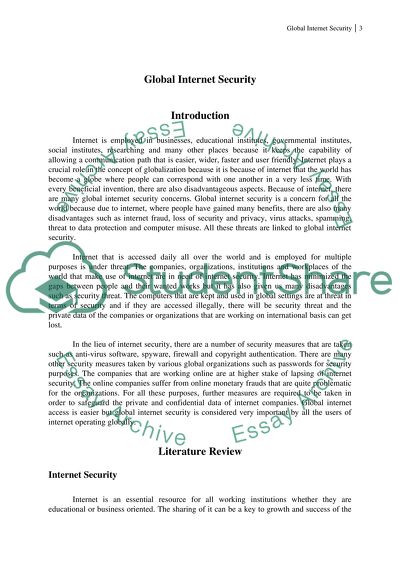Cite this document
(“Global Internet Security Essay Example | Topics and Well Written Essays - 3500 words”, n.d.)
Global Internet Security Essay Example | Topics and Well Written Essays - 3500 words. Retrieved from https://studentshare.org/technology/1524374-global-internet-security
Global Internet Security Essay Example | Topics and Well Written Essays - 3500 words. Retrieved from https://studentshare.org/technology/1524374-global-internet-security
(Global Internet Security Essay Example | Topics and Well Written Essays - 3500 Words)
Global Internet Security Essay Example | Topics and Well Written Essays - 3500 Words. https://studentshare.org/technology/1524374-global-internet-security.
Global Internet Security Essay Example | Topics and Well Written Essays - 3500 Words. https://studentshare.org/technology/1524374-global-internet-security.
“Global Internet Security Essay Example | Topics and Well Written Essays - 3500 Words”, n.d. https://studentshare.org/technology/1524374-global-internet-security.


